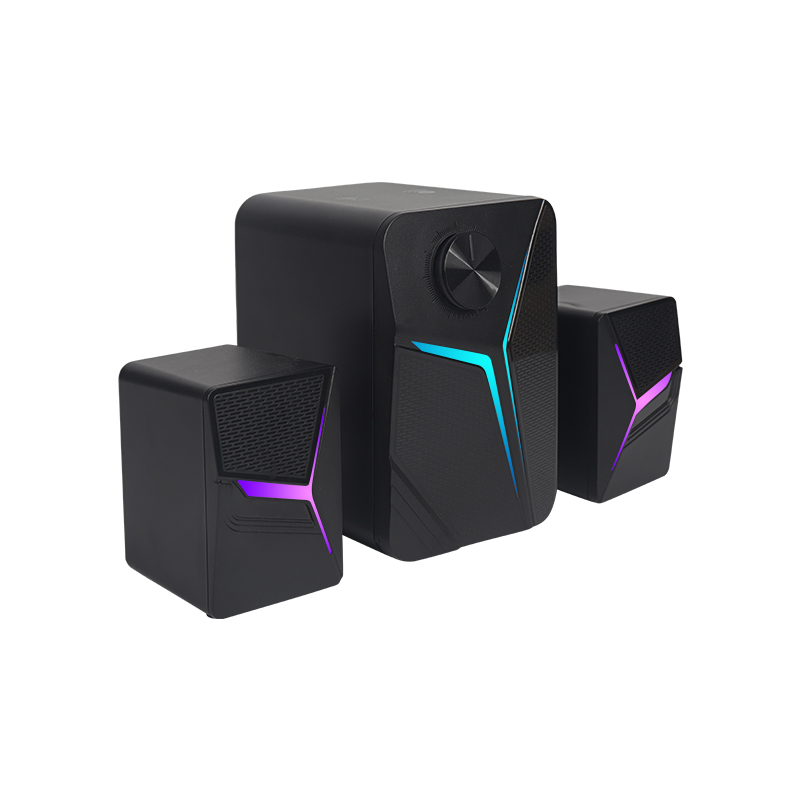Today, I would like to share with you the role of feedback suppressors in the conference audio system. In the sound reinforcement system, if the microphone volume is greatly increased, the sound from the speaker will be transmitted to the howling caused by the microphone. This phenomenon is sound feedback. The existence of sound feedback not only destroys the sound quality and limits the extended volume of the microphone sound, The sound picked up by the microphone cannot be reproduced well; Deep acoustic feedback will also cause the system signal to be too strong to burn the power amplifier or speaker (usually the tweeter of the speaker), causing loss. Therefore, once the sound feedback phenomenon occurs in the sound reinforcement system, we must think about ways to stop it, otherwise it will cause endless harm.

Whether acoustic feedback can be eliminated is an important indicator of a sound engineer's technical level. Before the emergence of feedback suppressors, sound engineers often use equalizer to pull feedback points (attenuate feedback frequencies) to suppress acoustic feedback. The reason why sound feedback occurs in sound reinforcement systems is mainly because the sound of some frequencies is too strong, and these too strong frequencies are attenuated, This problem can be solved, but using the equalizer to pull down can produce the following insuperable shortcomings:
1. During the adjustment process, the equipment may be burnt, and it takes a certain time to judge the whistling frequency with the human ear. If this time is too long, the equipment will be damaged due to being in a strong signal state for a long time. The use of feedback suppressor can completely solve the above problems, that is, it can effectively eliminate feedback without affecting the playback sound quality, so its advantages are obvious.
2. It has a certain impact on the playback sound quality. The bandwidth of the existing 31 segment equalizer is 1/3 octave. Sometimes the bandwidth of some acoustic feedback times is far less than 1/3 octave. At this time, many useful frequency components will be deleted, causing irreparable loss of these frequency sounds.
3. The requirements for the audiologist's listening level are very high. After feedback, the audiologist must timely and accurately judge the feedback frequency and degree, and immediately and accurately attenuate this frequency point of the equalizer. This is difficult for inexperienced audiologists to do. The feedback suppressor is a device that automatically pulls the feed point. When feedback occurs, it will immediately find and calculate its frequency and attenuation, and execute the command of continuous acoustic feedback according to the calculation results. Its band width can be set to 1/60 octave, so the phenomenon that affects other frequencies in the acoustic feedback suppression process is greatly reduced. Compared with equalizer, the suppression effect has been improved a lot. In the past, feedback suppressors were not technically mature due to their early development. There are some problems in function and design, and the use effect is not very satisfactory.